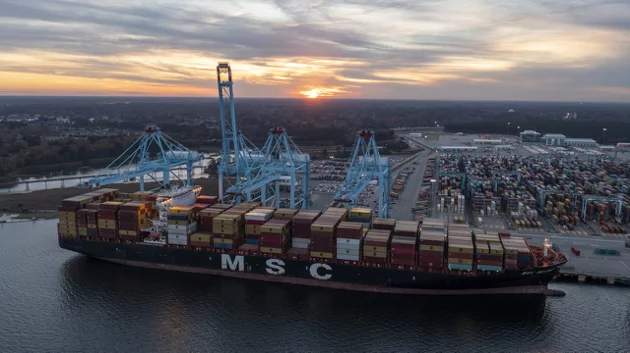Economic recession? PMI outlook for next six months could fall past 40%
2022/07/08 | By CENSChung-Hua Institution Economic Research (CIER) released the June Taiwan Manufacturing Purchasing Managers' Index (PMI) last week, indicating a 53.6%, a slight increase of 0.1 percentage points from the previous month, and the outlook for the manufacturing industry for the next six months fell by another 6.9 percentage points to 37.1%. This marks a continued two months of contraction, the fastest pace of contraction in two years.
CIER President Chang Chuang-chang said that although the PMI has rebounded slightly, it cannot be interpreted too optimistically. At present, the manufacturing industry is experiencing weak demand and purchasing has turned into a buyer's market. "We must be concerned about whether it enters a vicious circle of rising costs and falling selling prices, resulting in destocking pressure. And the risk of capital disconnection has risen significantly."
Lai Shu-hsing, CEO of the Taiwan Sustainable Supply Association, believes that if the index is lower than 40%, it means that the overall economy is shrinking, and the follow-up is worthy of concern. Jian Jin-han, a researcher at the Institute of Economic Research of the Academia Sinica, said that the PMI in June shows that the global economy has slackened, and the biggest uncertainty in the future is the US economy.
The seasonally adjusted PMI for June 2022 was 53.6%, showing an expansion for the 24th consecutive month. Among the five indicators, the new orders index, which is a leading indicator of economic dynamics, has contracted for three consecutive months. After the index slipped to 5.6% in May, the fastest contraction rate since July 2020, it rebounded by 1.8 percentage points to 47.4%. However, new orders from the electronics and optics industry, which accounted for a high proportion, plummeted by 11.2 percentage points to 40.0% from the previous month, showing a warning sign.
Although five of the six major industries reported PMI expansion, many scores dropped sharply. For example, the electronics and optics industry dropped by 5.9 percentage points to 50.4%, and the chemical and biotechnology medical industry dropped by 4.6 percentage points to 52.0%. The PMI of the basic raw materials industry was 49.1%, and the 23 consecutive months of expansion turned into contraction.
The outlook for the next six months of the manufacturing sector has been contracted for two consecutive months, and the index in June fell another 6.9 percentage points to 37.1%, the fastest contraction since June 2020.
In contrast, the Non-Manufacturing Purchasing Managers' Index (NMI) improved slightly, with the index rebounding by 4.6 percentage points to 49.7%. Among the four components, business activity and new orders contracted, labor hiring expanded, and supplier delivery times increased. In particular, as the COVID-19 outbreak in China slowed, the non-seasonally adjusted business activity and new orders (newly signed customers or business) indexes rebounded to 48.0% and 46.3%, respectively. The non-manufacturing industry outlook index for the next six months also rebounded by 5.7 percentage points to 41.5%.
Chang said that with the exception of a few manufacturers with tight supply, most manufacturers experienced weak demand orders and cut orders in June. The overall manufacturing industry concluded that demand was weak and procurement turned into a buyer's market trend. Attention should be paid to rising entry costs and falling selling prices. However, the vicious circle of declining demand, the pressure of destocking and the risk of capital disconnection have increased significantly.
Lai said that the unfinished orders, export orders and imports that represent the demand side, are all down, which means that future demand is weak, especially when the outlook for the next June falls below 40%. At present, it seems that the supply is consolidating, but the demand side is trending downward. In addition, four of the six manufacturing industries declined. Among them, chemical electronics, basic raw materials, electric power and mechanical equipment, which accounted for 60% of exports, declined. Electron optics and chemical technology all declined. "This is indeed a warning sign," Lai warned.


